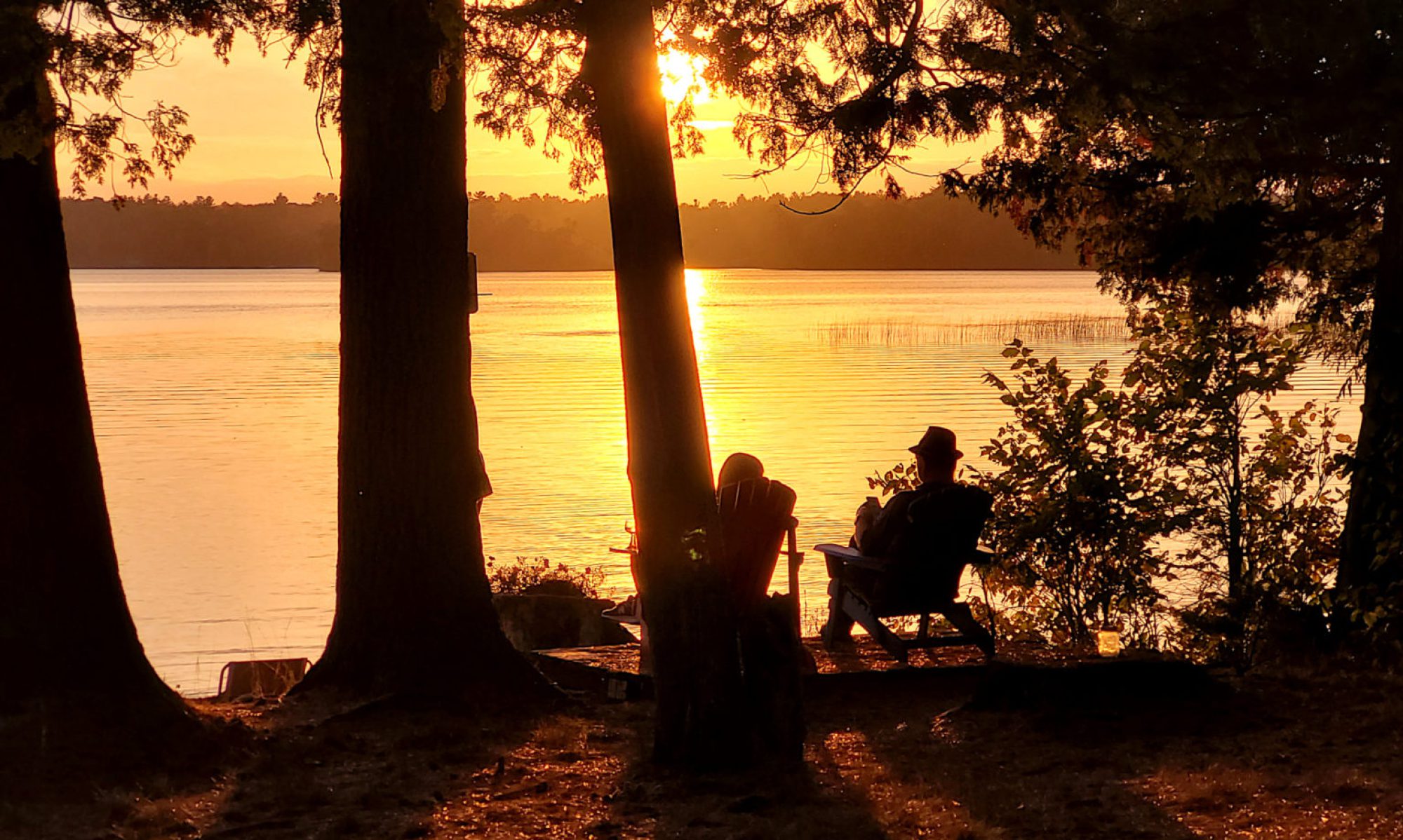
If you’ve heard of the Oculus Rift at all, you probably think of it as the off-the-charts geeky, facemask-style VR headset that’s designed for playing 3D video games. And that’s true — but virtual reality has other applications as well, including potentially journalistic ones: USC fellow and documentary filmmaker Nonny de la Peña, for example, is creating immersive experiences that give participants an inside look at a news story, such as the war in Syria, or the military prison in Guantanamo Bay.
As Wired explains, de la Peña talked about her work at a recent conference in Sweden, and how she got the idea from early versions of “documentary games” like JFK Reloaded, which put players in Dallas at the time of the president’s shooting. So much of journalism is about “capturing a moment in time,” said de la Peña, a former journalist who has written for Newsweek and the New York Times — what better way to do that than by doing it in three dimensions?
De la Peña’s first project was called “Gone Gitmo,” and it used documentary evidence about the detention center and the experiences of inmates there to create a life-like representation of what being imprisoned there would be like, including audio clips that recreated certain sounds, and diary entries that detailed the behavior of guards and other inmates. Another project de la Peña did for the World Economic Forum recreated what it was like to be a child refugee in Syria.
The YouTube ID of jN_nbHnHDi4?rel=0 is invalid.
What if journalists or documentarians could create realistic three-dimensional depictions of news events like the shooting of an unarmed black man by police in Ferguson, Missouri last week — would that help convey facts and impressions about the event that TV reports or newspaper stories and tweets couldn’t? Would it make it easier for those trying to understand the incident to appreciate how it happened?
One risk of using the kind of approach de la Peña is taking for current events is that there is so much about them that is in dispute: in Ferguson, for example, there is no consensus on how far away from the police officer Michael Brown was when he was shot, whether his back was turned, and whether there was a struggle before shots were fired. But at least with a Rift, those who wanted to explore the different scenarios would be able to do so in a much more realistic way.
Post and thumbnail images courtesy of Thinkstock / Oleksiy Mark
